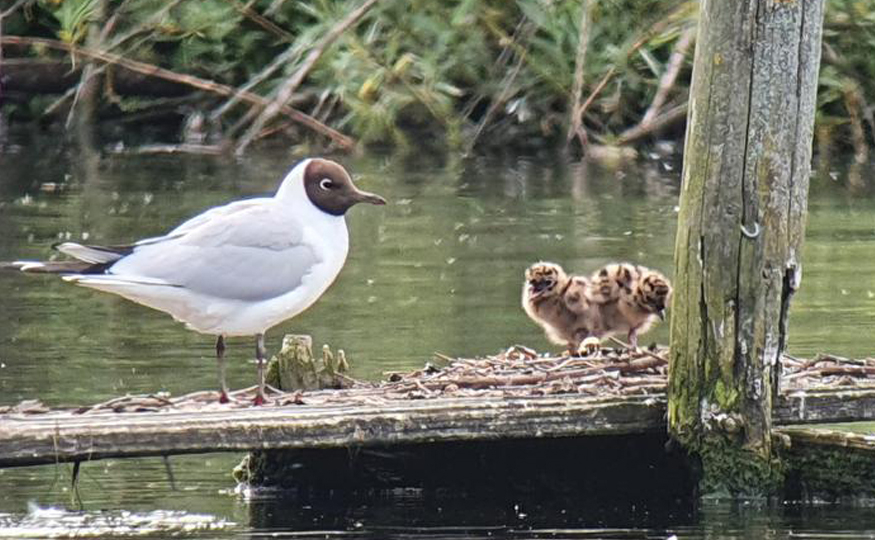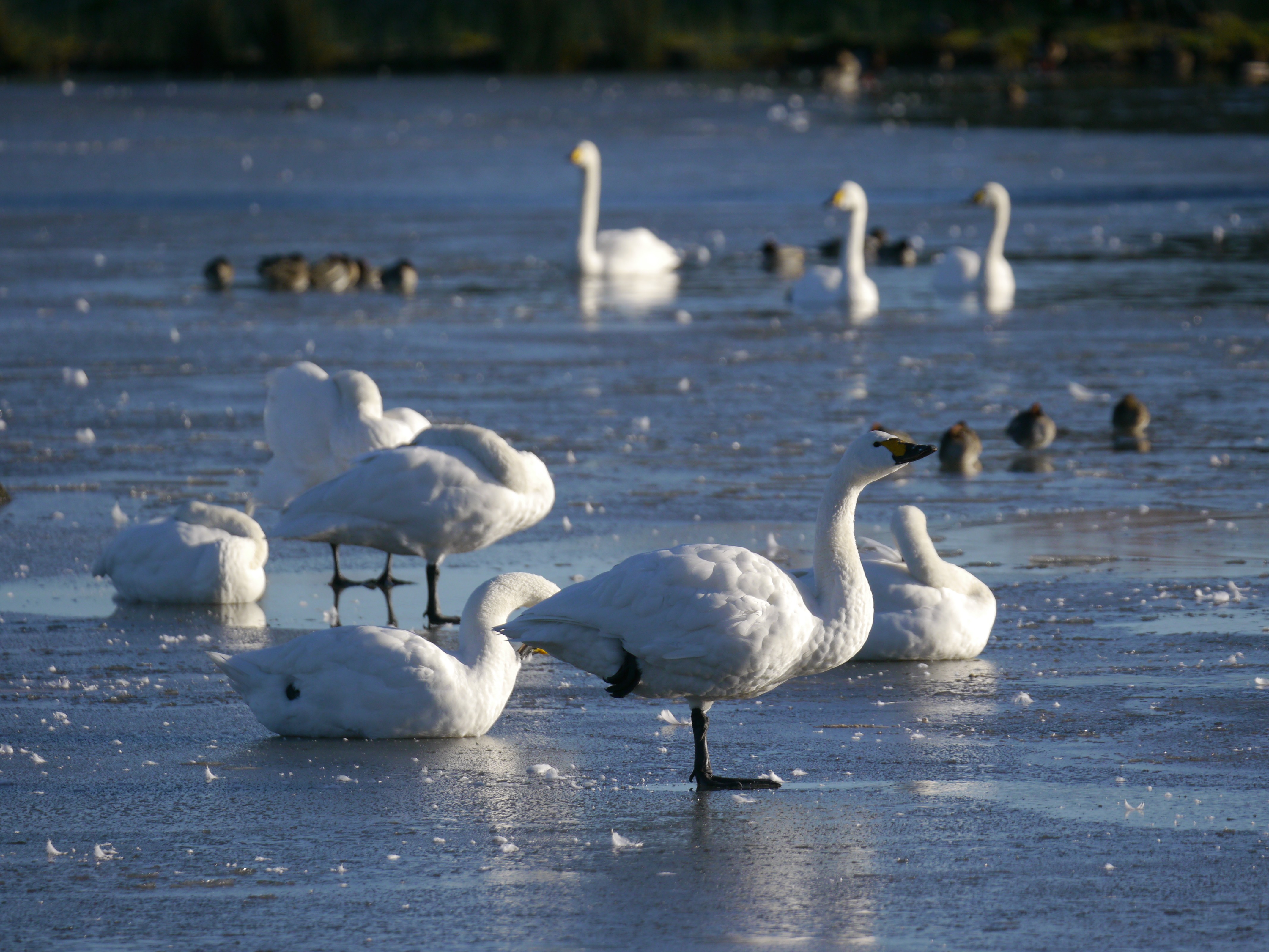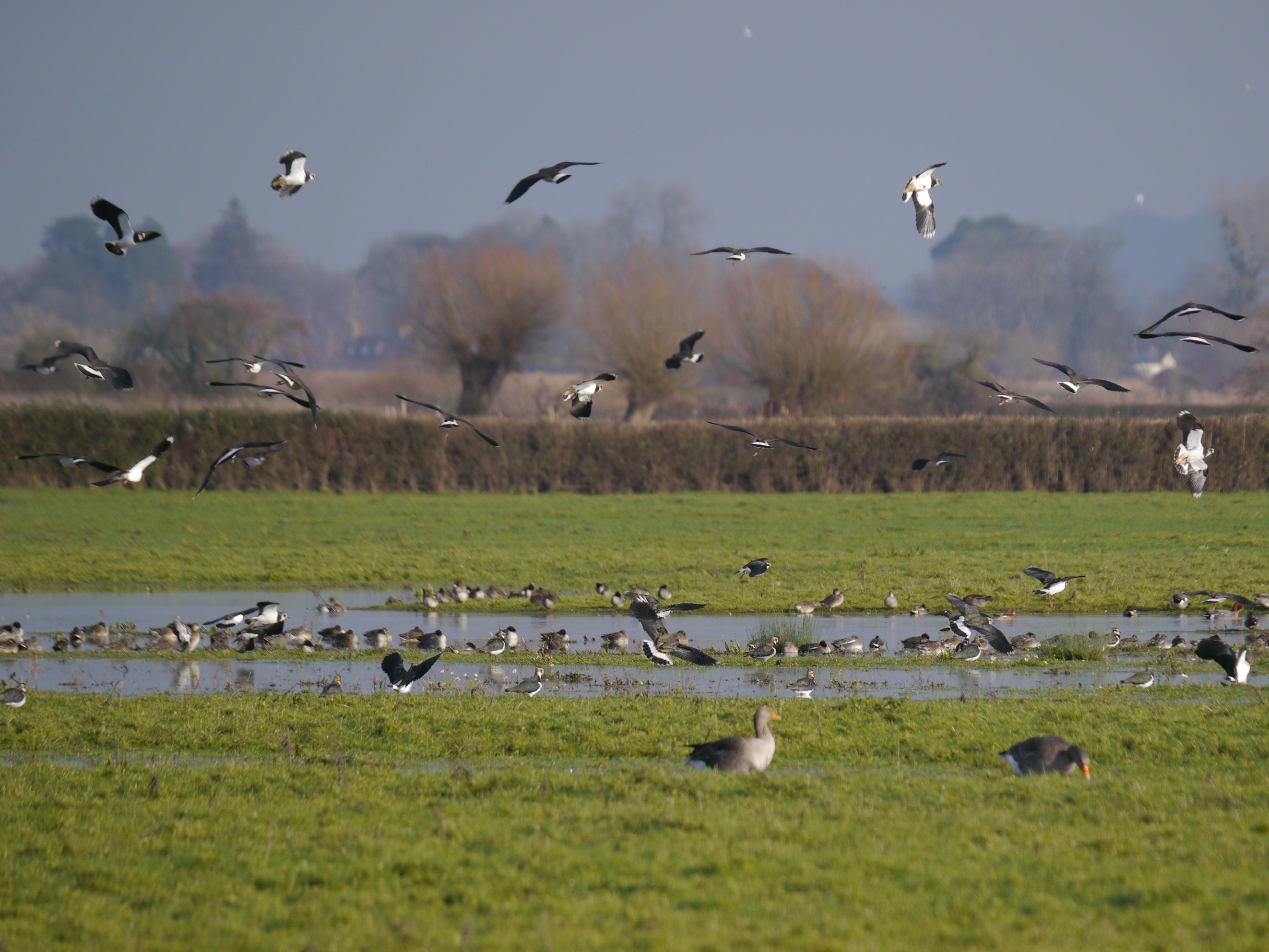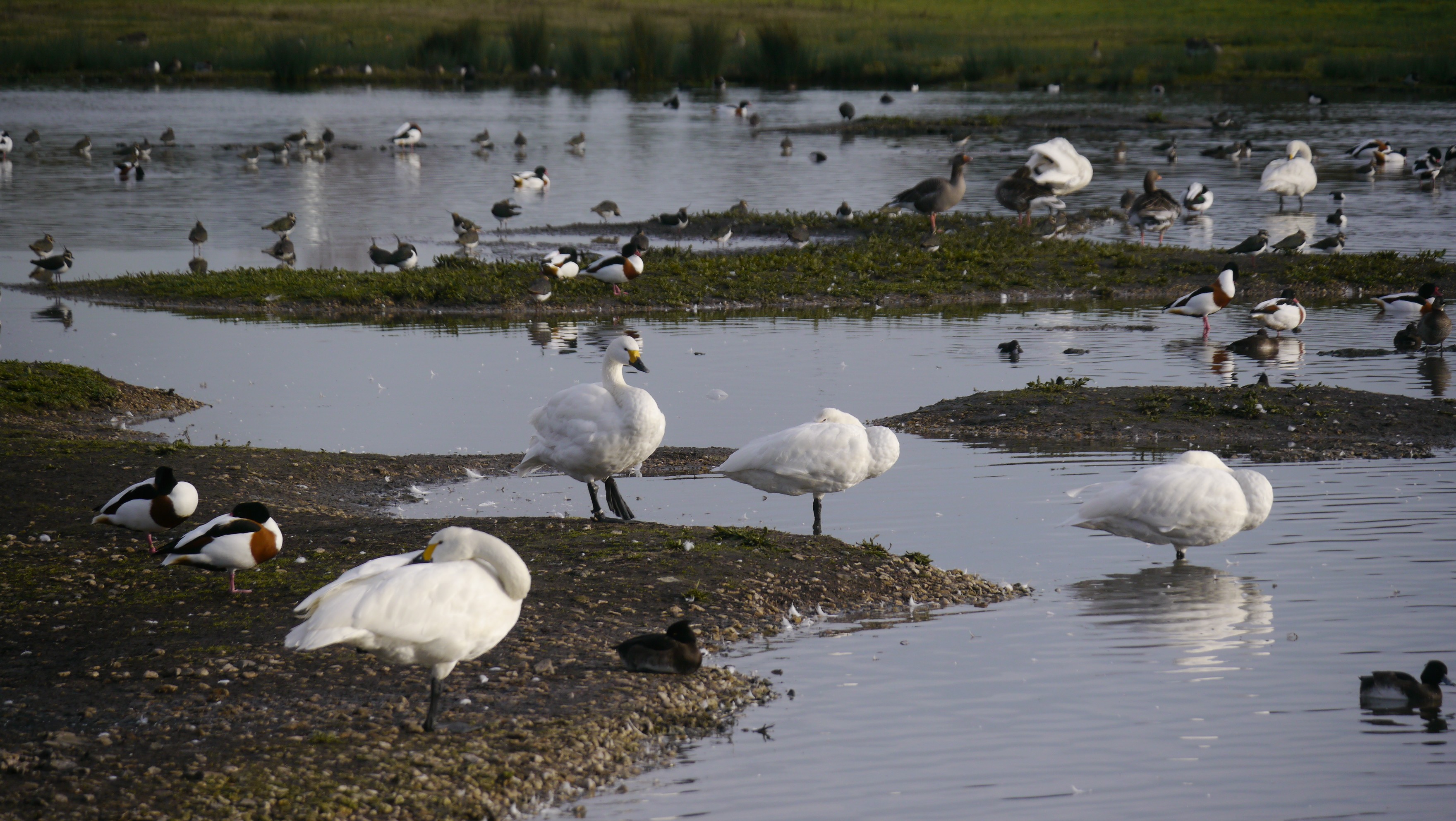More and more chicks emerging
The reserve is starting to become very busy with new life as chicks and other youngsters hatch out

The reserve is starting to become very busy with new life as chicks and other youngsters hatch out. Most obvious are the Avocets on the South Lake and Rushy, soon to be followed by those on the Dumbles. This week we've also seen our first Black-headed Gull chicks too.
Robbie Garnett Hide
The Tack Piece has entered its quiet summer period with counts this morning including six Avocet, 29 Greylag Geese with eight Barnacle Geese, and ten Shelduck. It can be hard to imagine that in just a few months time the field will once again play host to thousands of wintering birds!
Estuary Tower
The Avocet colony here started laying a little later, so no chicks yet but this morning 20 adults were present with a total of ten nests on the scrape's islands. An adult Little Grebe was on the Pillbox Pool with at least one chick.
Decoy
A Chiffchaff was singing along the boardwalk, as are Reed Warbler and Sedge Warbler. On the pond were six Tufted Duck and six Shelduck.
Zeiss Hide
Counts from the Top New Piece included 25 Avocet, a Little Egret, a flock of 51 Black-tailed Godwit, 33 Gadwall and two Redshank. At least two Cuckoo were noted with one showing well but very mobile. A Grey Heron was also present.
Rushy Hide
The pair of Little Ringed Plover were busy defending their nest against passing birds, even though it is safe inside the cage. A third bird was also present on the mud further up the lower pond. The lower pond also held at least five broods of Avocet, a Little Egret, 12 Gadwall, and the brood of five Shelducklings. The Oystercatcher pair were feeding their three chicks close to hide.
South Lake
The Oystercatcher pair who bred on the Discovery Hide roof were with their two chicks on mown area of the causeway this morning. On the wader scrape were at least 26 adult Avocet with at least 28 chicks, and a Little Ringed Plover. The Great Crested Grebe was on the deep lake where the first Black-headed Gull chicks are starting to emerge on the islands.



